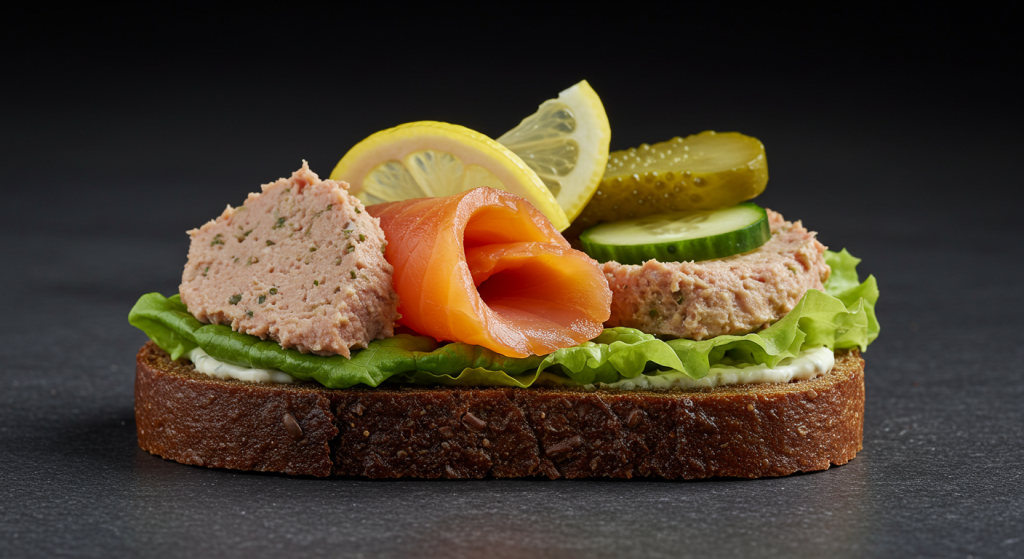
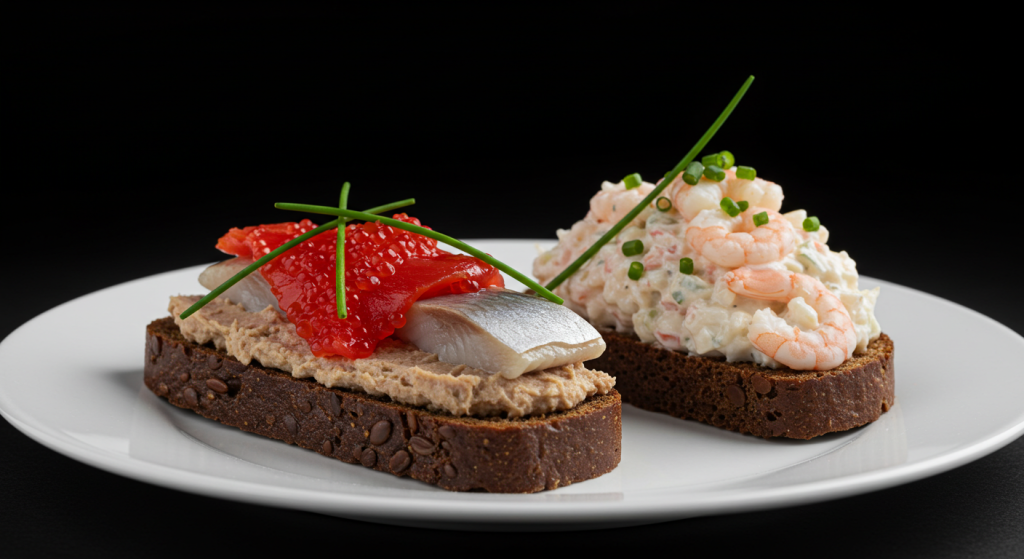
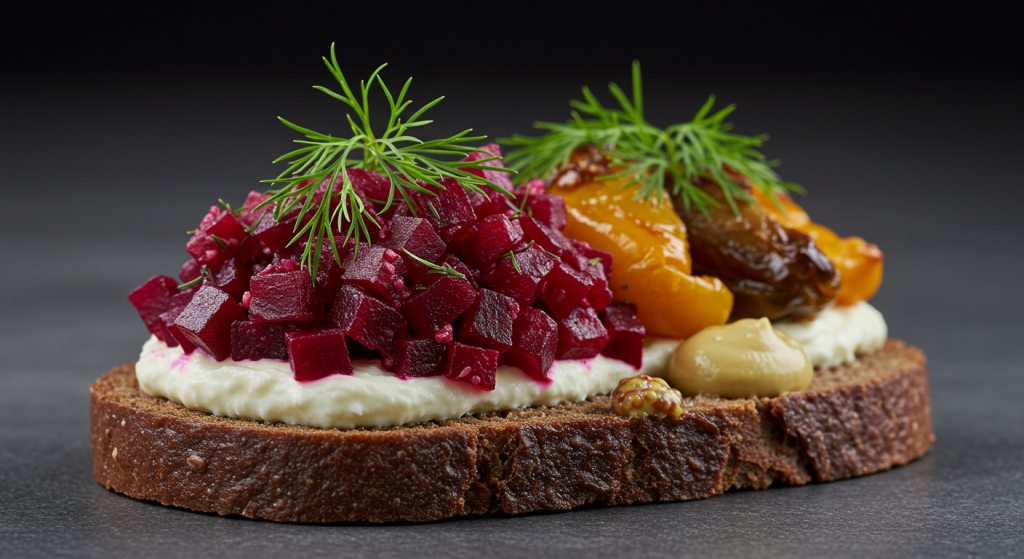
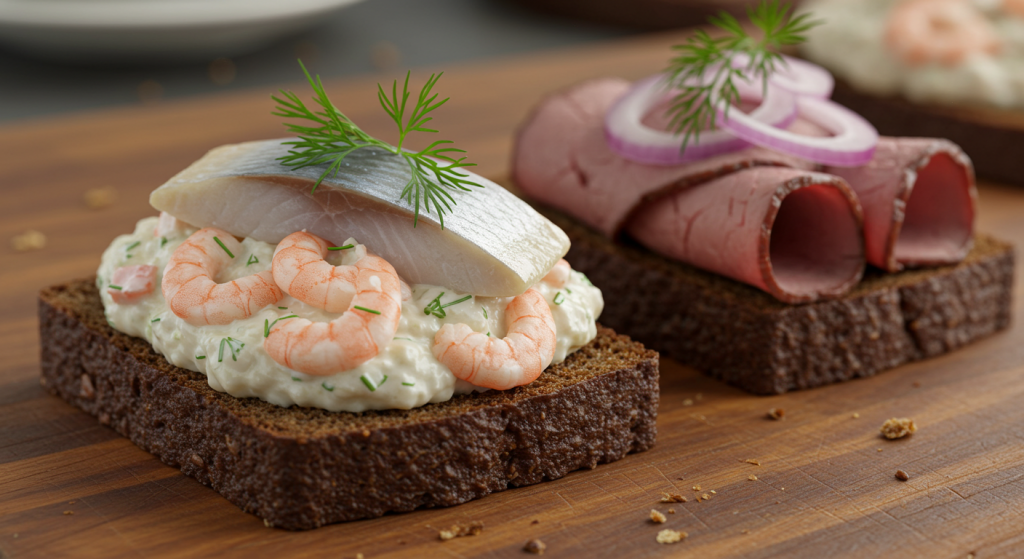
If you’ve ever traveled to Denmark or explored its culinary scene, you may have encountered smørrebrød, a traditional Danish open-faced sandwich that is as delightful in taste as it is in presentation. With a base of hearty rye bread and a plethora of toppings, smørrebrød is not just a meal; it’s an art form that showcases the rich flavors and culinary creativity rooted in Danish culture.
The Foundation: Rye Bread
At the heart of smørrebrød is the rye bread, a staple in Scandinavian cuisine. This dense and nutritious bread serves as the perfect canvas for the myriad of toppings that can adorn it. Its slightly sour flavor complements the ingredients beautifully, making each bite a balanced experience. The ideal rye bread for smørrebrød is often dark, slightly moist, and has a nutty taste—varieties such as the pumpernickel add an extra depth that enhances the overall flavor.
Diverse Toppings That Tell a Story
One of the most captivating aspects of smørrebrød is the diversity of toppings. Traditionally, the toppings can include a wide variety of cured or pickled fish, meats, cheeses, and vegetables, often garnished with fresh herbs or pickles. Here are a few classic toppings you may encounter:
- Herring: Pickled herring, often served with onions, capers, and sometimes a dollop of creamy dressing. This preparation is not just delicious but also reflects the coastlines of Denmark, where fishing plays a significant role in the local economy.
- Leverpostej: A liver pâté, commonly spread on rye bread and enjoyed with crisp bacon or pickles. This comforting topping is a nod to Danish home cooking and is beloved across generations.
- Shrimp: Fresh shrimp on a bed of mayo, often topped with sliced eggs and dill, provides a seafood experience that captures the essence of Denmark’s rich maritime heritage.
- Cold Cuts: Various cured meats such as roast beef, salami, or ham are also popular choices. They can be complemented with toppings like remoulade, pickled cucumbers, and radishes, creating a colorful plate that tantalizes the taste buds.
- Vegetarian Options: For those who prefer plant-based choices, smørrebrød can feature an array of vibrant vegetables. Avocado with fresh herbs, beetroot with goat cheese, or roasted peppers are just a few examples to inspire creativity.
The Smørrebrød Experience
Enjoying smørrebrød is not merely about the food; it’s about the experience. Traditionally, these sandwiches are often enjoyed during lunch, accompanied by a refreshing glass of beer or schnapps. The communal nature of sharing different varieties is a cherished part of Danish culture. Families and friends gather around the table to build their smørrebrød, leading to lively conversations and a sense of togetherness.
Conclusion: A Taste of Denmark
Smørrebrød represents a beautiful intersection of taste, tradition, and art. It encourages creativity in the kitchen, allowing for endless combinations based on personal preferences or seasonal ingredients. Whether you choose to create your versions at home or visit a local Danish café, indulging in smørrebrød is an invitation to savor the flavors of Denmark, one delicious slice at a time. So next time you’re looking for an impressive yet simple meal or snack, consider exploring the world of smørrebrød. Not only will your taste buds thank you, but you’ll also experience a piece of Denmark’s culinary heritage that has stood the test of time.
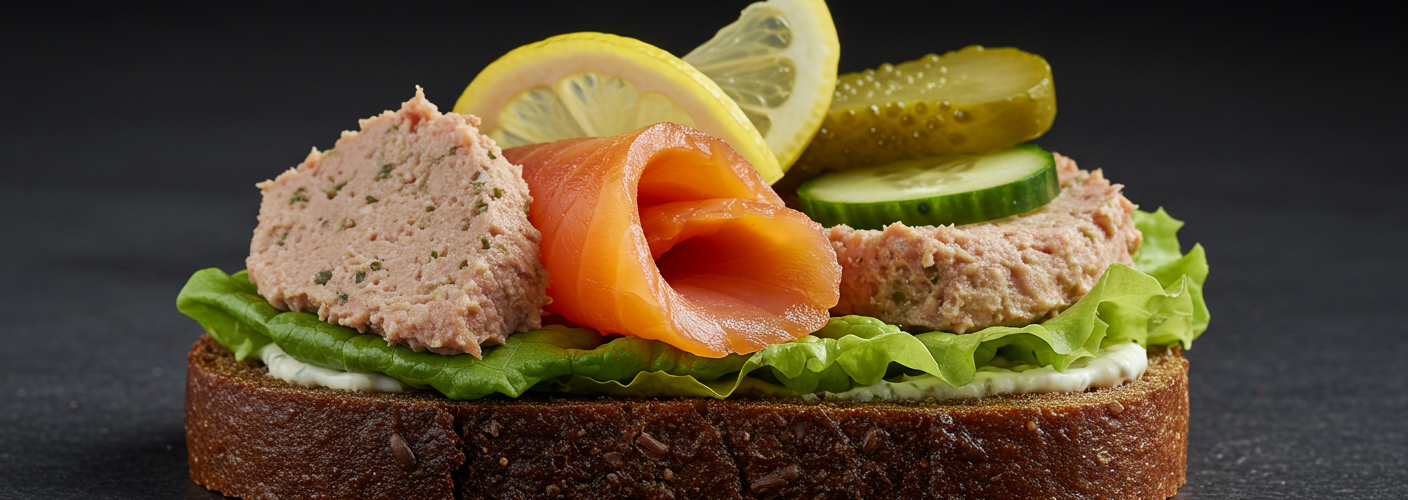



Add comment